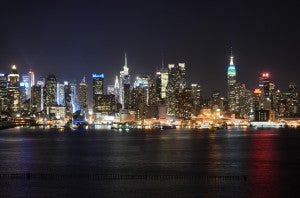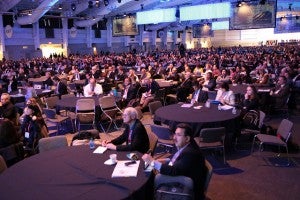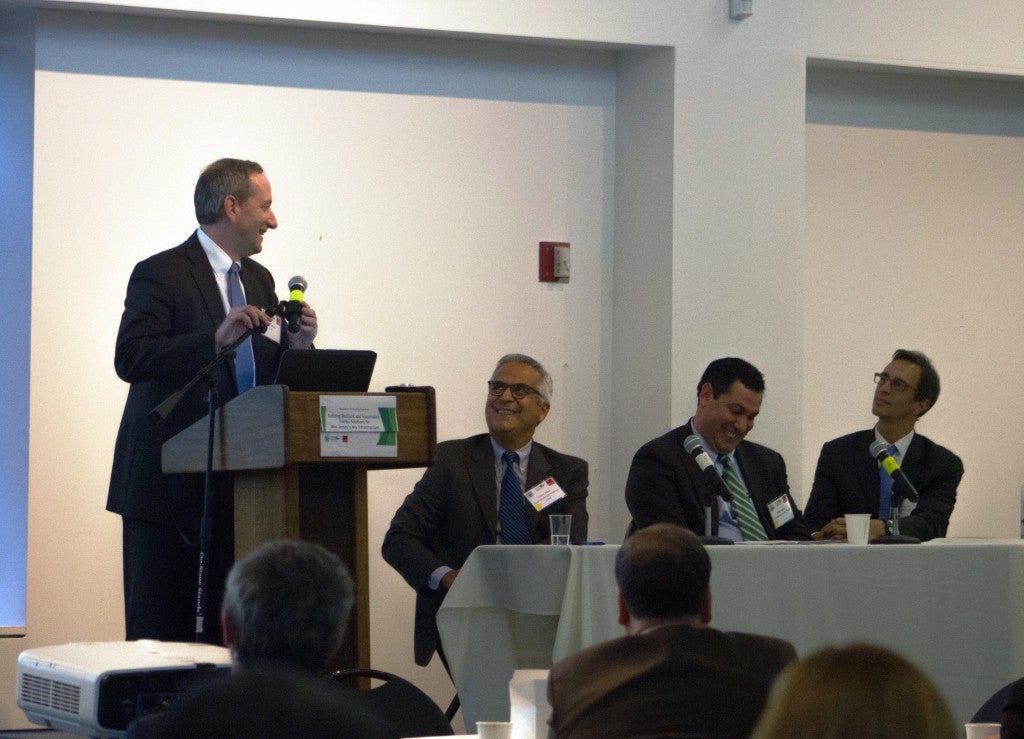By: Victor A. Rojas, Senior Manager, Financial Policy, and Paul Stinson, Program Coordinator
 It’s understandable that many people would look at falling oil prices and wonder what it might mean for clean, renewable energy sources. Some recent headlines even suggest that cheaper crude might spell doom for the burgeoning clean energy economy.
It’s understandable that many people would look at falling oil prices and wonder what it might mean for clean, renewable energy sources. Some recent headlines even suggest that cheaper crude might spell doom for the burgeoning clean energy economy.
Over the last six months, the price of crude oil has fallen by about 40 percent, currently trading below $60 a barrel, the lowest it’s been since 2009. Continuing global production and oversupply mean oil prices could remain low through the winter months and well into 2015.
While it’s true that stocks for some of the more trusted, clean energy investments are being dragged down by dipping oil prices, it doesn’t mean demand for clean energy is also suffering. In fact, as oil prices have tumbled, demand for energy efficiency and renewable energy only keeps growing.
Oil can mean energy, but energy doesn’t mean oil
The historic correlation between the price of oil and the demand for renewable energy has been increasingly weakened in today’s global markets. Like apples and oranges, we use oil and renewables to make completely different types of juice: oil primarily to produce transportation fuels, and renewables primarily to generate electricity. From an economics perspective, oil and renewables are not substitutes: when the price of one decreases, demand for the other does not decrease. Read More













